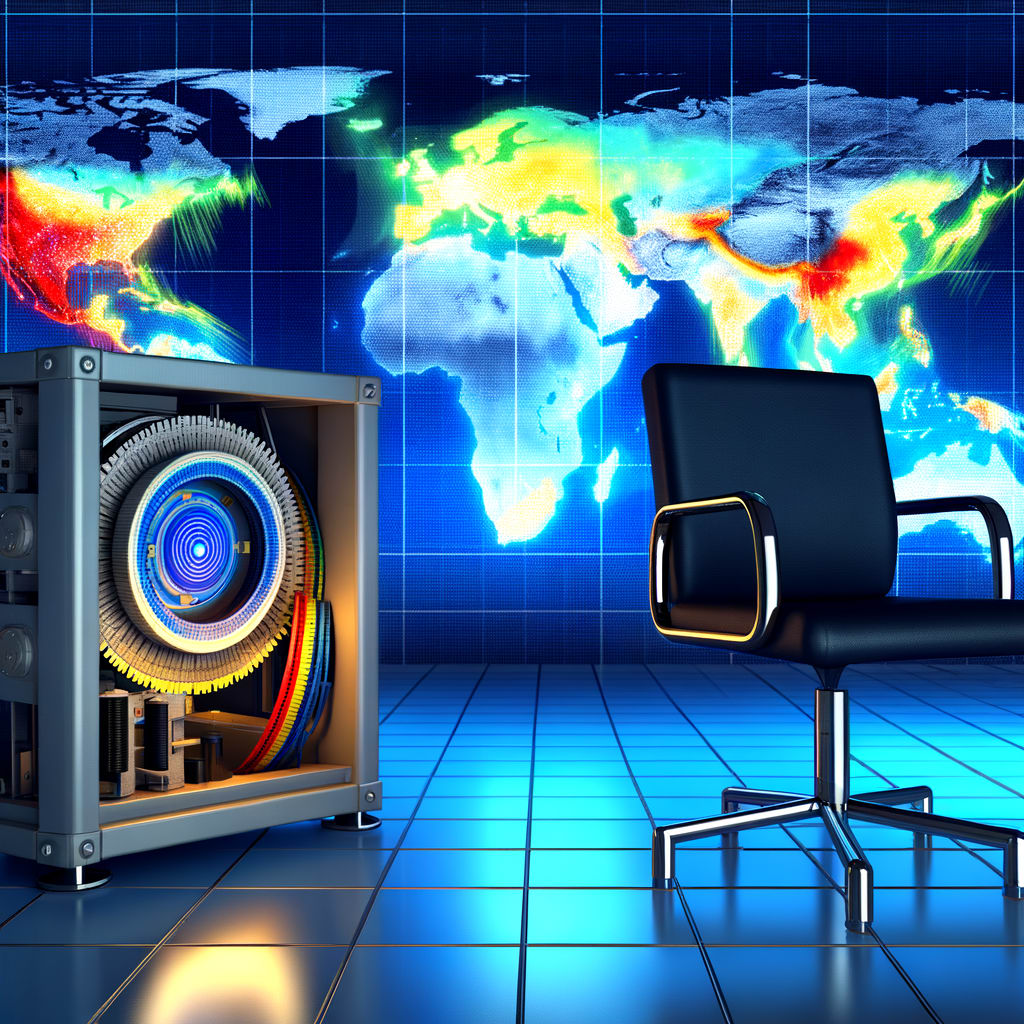Tsunami Alerts Lifted, Millions Return Home After Earthquake Off Russia's Far East
One of the most powerful earthquakes ever recorded, with a magnitude of 8.8, struck off Russia’s Far East near the Kamchatka Peninsula on Wednesday, prompting tsunami warnings across the Pacific from Alaska to New Zealand. Japan promptly urged nearly 2 million people to evacuate coastal areas. However, as of Thursday, the tsunami warnings have been lifted, allowing millions across the region to return home.
Background and Context
The earthquake, which took place near Petropavlovsk, is among the top 10 strongest ever recorded, according to the United States Geological Survey. It triggered tsunami waves across the Pacific, affecting railways, highways, and airline routes, especially in Japan.
The quake tested Japan's tsunami detection and warning system, a vital part of their disaster management infrastructure, particularly after the 2011 tragedy. The 2011 earthquake and subsequent tsunami resulted in the deaths of 20,000 people, leaving the country on high alert for similar disasters.
Key Developments
The earthquake and its ensuing tsunamis led to alert systems being activated across the Pacific, from French Polynesia to the southern coasts of South America, passing through Alaska and California. Coastal areas between Tokyo Bay and Okinawa were initially under advisory, but this has since been lifted, except for some locations.
Despite the initial panic, no major damage or injuries have been reported in the Kamchatka region or elsewhere. The final tsunami wave in Severo-Kurilsk, Russia, caused partial flooding of the local port and a fishing enterprise, but no casualties were reported.
The earthquake also triggered misinformation online, with Deutsche Welle debunking a series of viral tsunami clips and other rumors circulating on the internet.
Implications and Reactions
The powerful earthquake and subsequent tsunami warnings sparked evacuation orders across the Pacific, reviving memories of the 2011 disaster in Japan. The alerts also affected the west coast of the United States, including Northern California, where waves were reported.
Despite the fear, years of preparation and global coordination ensured communities from Japan to Hawaii were not caught off guard, preventing a tsunami tragedy. The head of the UK’s air traffic control company faced calls to resign after hundreds of flights were delayed due to the alert.
The earthquake also prompted Chile and Peru to raise their alert levels and evacuate hundreds of people along their coasts. However, authorities reported no injuries or major damage in these regions.
Current Status
Though aftershocks continued in the Kamchatka region, the tsunami risk decreased globally, and activities have gradually returned to normal. After a day of panic, residents in Asia and America breathed a sigh of relief, and millions of people were able to return to their homes.
In the wake of the quake, experts have hailed the effectiveness of the various alert systems in preventing a potential disaster. The magnitude of the earthquake and the scale of the response serve as a reminder of the ever-present risk posed by natural disasters and the importance of preparedness.

